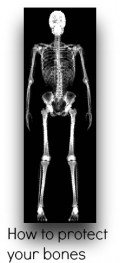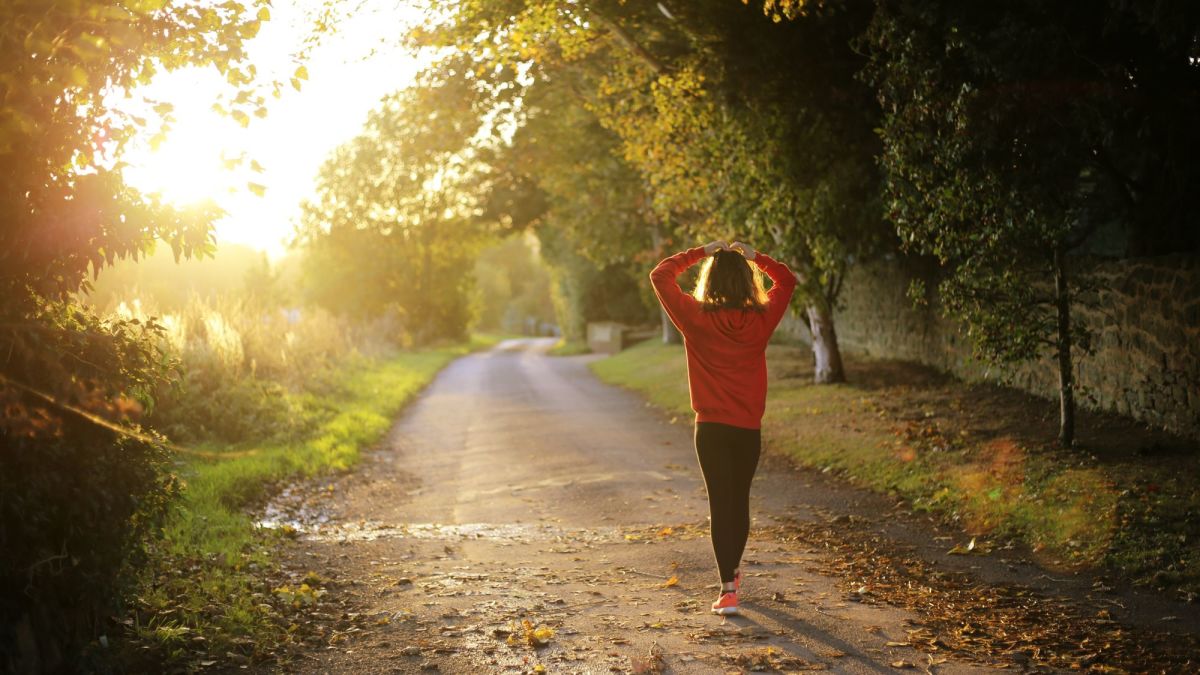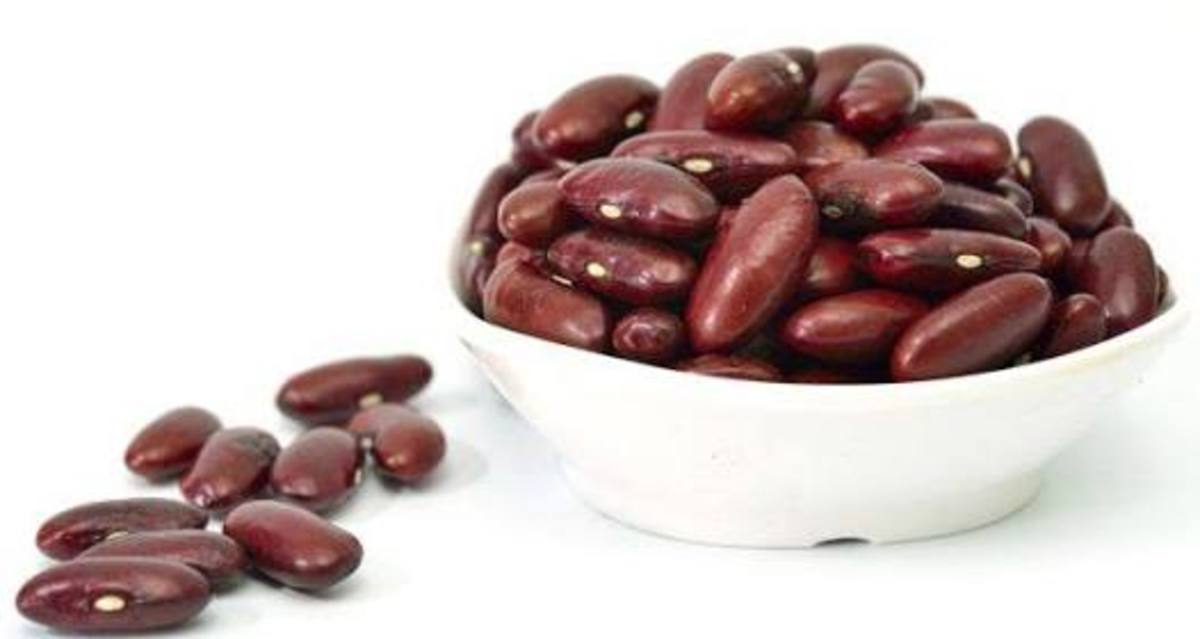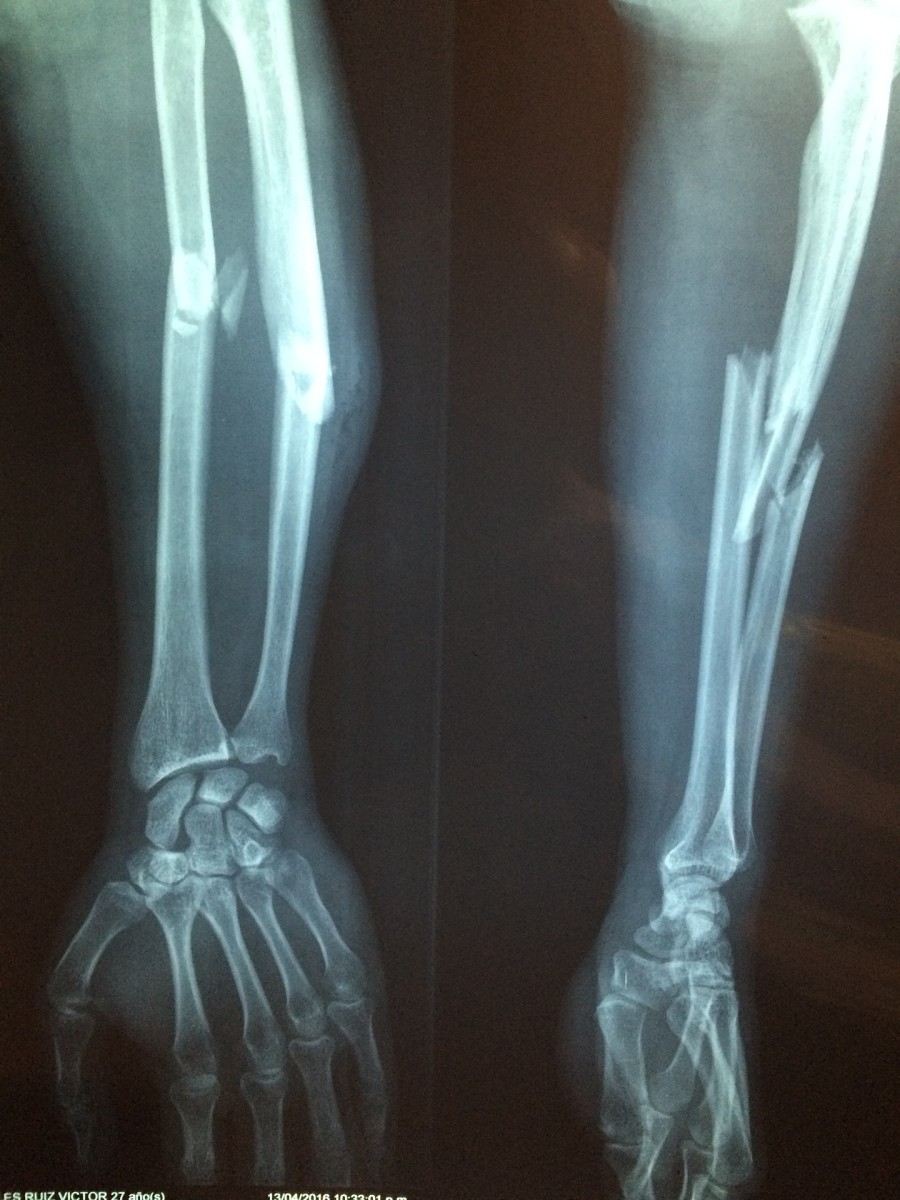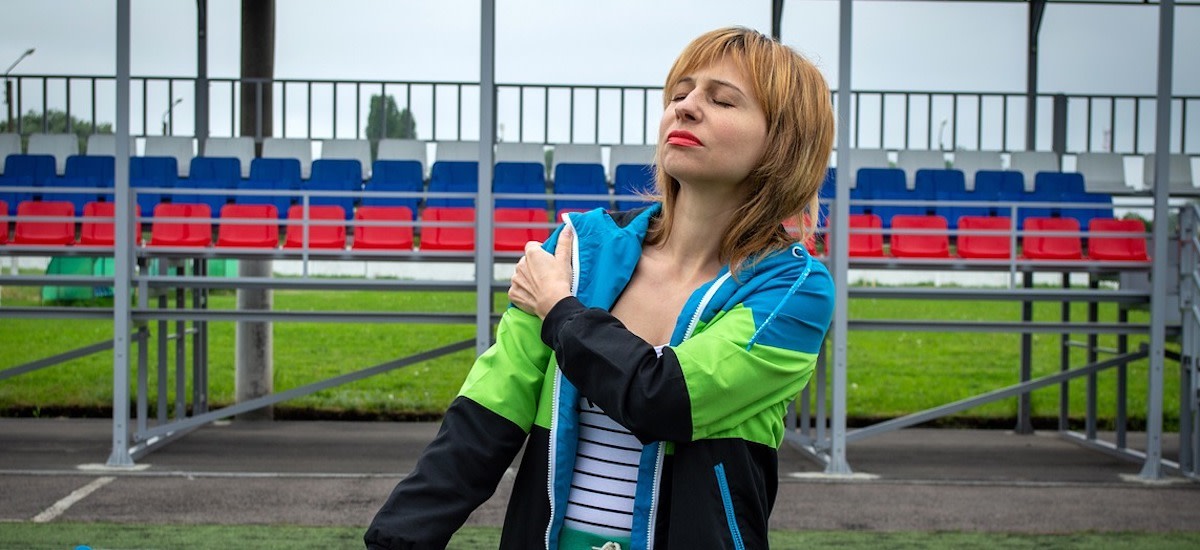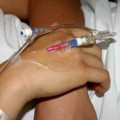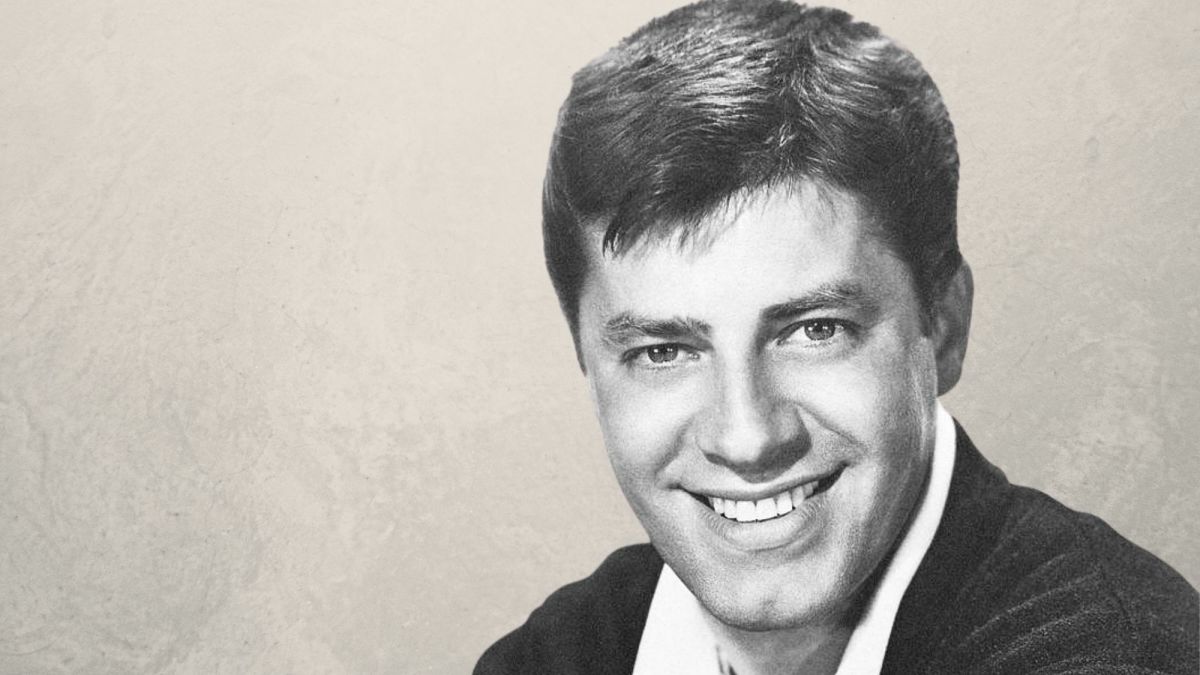Bone Growth, Bone Health & Osteoporosis
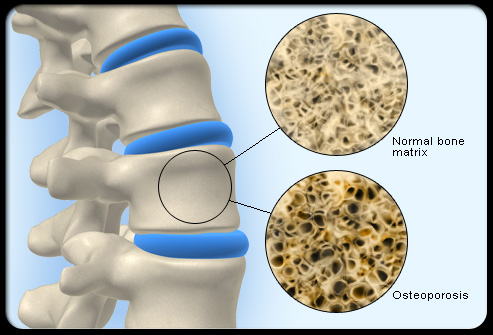
What is Osteoporosis?
Simply stated, osteoporosis is bone loss. How it occurs, and how it affects other body systems, however, is complex. In this hub, I will discuss a few basic causes of osteoporosis; some of its earliest warning signs; a few general treatments; and how osteoporosis' effects can be lessened and/or prevented?
What Bone is and What Bone is Not:
Contrary to popular thought, bone tissue is living and in a constant state of change. For people under the age of 30, bone remodeling (the term referring to the replacement of old bone with new bone) is continuous. Bone remodeling is such an active process in fact, that approximately every 10 years (between the ages of 2-30) your entire skeletal system is remodeled; that is, new bone replaces old bone. After the age of 30, however, bone remodeling slowly decreases thus leading to eventual loss of bone density and strength. Osteoporosis (or porous bone) is the end result of years of reduced bone remodeling and subsequent bone loss. The causes of osteoporosis are varied, but improper nutrition, lack of exercise, and genetics are often stated as the top three.
The internet is full of information on osteoporosis. My purpose here will be to explain in simple terms a few of the reasons osteoporosis develops as well as discuss certain preventative measures designed to disrupt its progression. To begin with, a few definitions are needed for clarification.
Important Medical Terminology Relating to Bone:
Osteoblast: Type of bone cell that produces collagen (a major component of bone and skin), and proteoglycans, proteins designed to hold water molecules and subsequently form part of the bone cell matrix.
Osteocyte: A mature bone cell; an osteoblast completely surrounded by calcified bone matrix.
Osteoclast: Large bone cells with several nuclei designed to break down bone cells (resorption) in order to release their chemical compounds, primarily calcium and phosphates.
Trabeculae: Interconnecting rods of bone plate arrranged within the interior of bone; often resembling a series of arches and trusses. Trabeculae provide great inner strength for bones.
Woven Bone: Young bone often found in newborns and infants consisting of non-calcified bone cells, primarily collagen, randomly-oriented.
Cancellous Bone: Often referred to as "spongy bone" due to the presence of interwoven trabeculae. Blood vessels and marrow often fill the trabecular spaces providing nutrients, RBC production, and fat storage.
Compact Bone: Dense, older bone with few spaces within its matrix. Hard bone.
PTH: Parathyroid Hormone is a hormone released from the parathyroid gland that is the major regulator of blood Calcium (Ca) levels.
Calcitonin: Hormone produced by the thyroid gland that decreases blood Calcium levels.
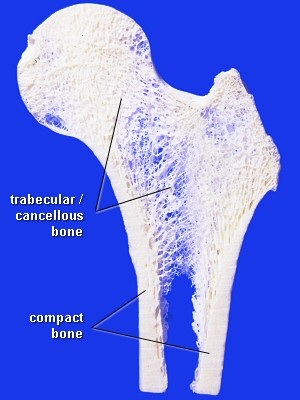
How Bones Grow:
Among other causes (such as the hormones estrogen and testosterone) bone grows as a response to physical stress.
From birth to adulthood, your bones grow; both in length and width as well as in strength and hardness. In addition, bones in different parts of your body grow at different rates primarily due to the amount of weight-bearing stresses placed upon them. This is one of the reasons young people grow: activity. Young people are historically more active walking, running, cycling, lifting heavy objects, etc. The resulting stresses on young bones therefore stimulate their growth. Of course, there are other variables in play (such as hormones and genetics), but in general, physical activity stimulates bone growth.
After birth, bone grows by a process known as appositional growth; which involves osteoblasts layering additional bone cells on the outside of existing bone. Over time, compact bone develops near the perimeter of bones and cancellous bone develops interiorly. It is this interior structure of canellous bone (with its trabecular framework*) that leads to the effects of osteoporosis.
* Note the term, trabeculae, above
Information on Trabecular Bone:
Trabecular bone is found in the shafts and ends of the long bones, within spinal vertebrae, and inside the flat bones of the pelvis. As the scaffolding network of trabeculae is built (along interior stress lines), bone strength is created without adding excessive weight to the body. This scaffolding also allows for blood vessels and other connective tissue to infiltrate the bone thus providing essential nutrients. As bone remodeling continues to maturity (around age 30), bones grow in strength; becoming very responsive to stress. As we age, however, in order to maintain as much of this structural integrity as possible, there are certain activities and lifestyle changes that should be made. We need, in essence, to take care of our bones!
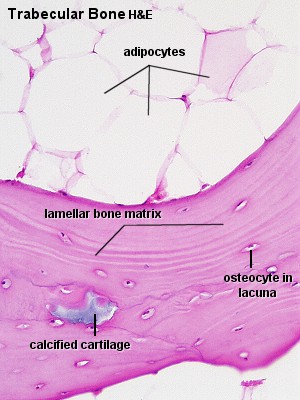
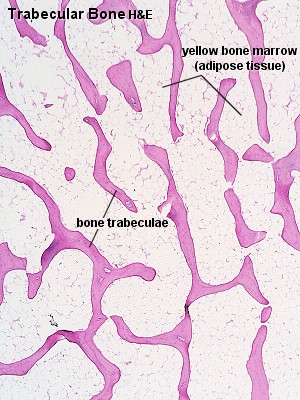
Causes of Osteoporosis:
Outside of genetics (which cannot be altered unfortunately) the primary causes of osteoporosis are lack of physical, weight-bearing exercise and calcium/mineral depletion. Let's address each individually.
Lack of Physical, Weight-Bearing Exercise:
As previously mentioned, bone grows while we're young partially in response to physical stress. When stress is placed on a bone, specific lines of stress are created within the bone stimulating trabeculae to form around them. This is why bone is so strong. Wherever the most stress is, so is the increased structure. On the flip side, as we age our physical activity slows, and the stresses placed on our bones decrease. Don't worry too much, though. This happens to all of us. How we choose to respond, however, is the key to overcoming osteoporosis' worst symptoms.
A short list of these symptoms and effects include:
- A general weakening of bone structure
- An increased susceptibility of fracture, primarily in the larger, synovial joints, e.g., the hips, shoulders, and arms
- Spinal fractures and the development of excessive vertebral curvature
- Reduced physical mobility
By increasing your physical activity (even in small amounts) you increase your chance of lessening some of osteoporosis' effects.
In short, one cause of osteoporosis is the lack of physical, weight-bearing exercise. Next, let's discuss another leading cause of osteoporosis: poor nutrition.
Calcium and Other Nutrient Depletion:
Eating right makes good sense for many reasons, but when it comes to osteoporosis, eating nutritiously might be very well the difference between poor and healthy bones.
A primary component of adult bone is a mineral compound known as hydroxyapatite, an inorganic crystal comprised mainly of calcium, phosphate, and hydroxyl ions. This molecule (as illustrated by its chemical components) is built around calcium. Thus the reason why our bones require so much of the element. The lack of calcium (along with its companion hormone, vitamin D) quite literally fans the flames of osteoporosis. And that is NOT a good thing! Even though calcium absorption and subsequent bone growth is slowed after age 30, the necessary ingredients to maintain healthy bone are still required, i.e., calcium, phosphorus, and a few other minerals.
The bottom line is this: make sure you get enough calcium and vitamin D in your diet. You can do so by eating plenty of vitamin D-fortified dairy products and green, leafy vegetables.
As an aside, other dietary requirements needed in lesser quantities for healthy bone include: vitamin A, vitamin K, magnesium, zinc, and copper.
So do your part. Eat right and exercise.
Ways to Decrease Your Risk of Osteoporosis:
If you're searching for ways to decrease your risk of osteoporosis, here are a few precautions proven to be quite effective.
- Make sure you have adequate calcium and vitamin D intake.
- Incorporate a regular routine of weight-bearing exercise.
- Limit your alcohol intake and quit smoking. Both been linked to reducing your risk of developing osteoporosis.
If you are at risk, however, there are additional medical interventions that also work quite well. These interventions, of course, should always be accompanied by professional medical guidance and prescription. Three of these medical interventions are: estrogen and estrogen receptor modulators (for post-menopausal women) and calcitonin, which is a known osteoclast inhibitor.
Exercises to Improve or Help Prevent Osteoporosis:
Weight-Bearing Exercises: High-Impact
These exercises involve moving your body against gravity in an upright position. High-impact exercise is designed primarily for younger individuals still building bone, and who do not have osteoporosis.
A short list would include the following exercises:
- Aerobics
- Stair Climbing
- Rope Jumping
- Running, or speed walking
- Racket sports
Weight-Bearing Execises: Low-Impact
Exercises similar to high-impact, but designed for individuals unable to perform high-impact exercise. This group of exercises is helpful in building and maintaining bones with less stress placed on the body.
A short list would include the following exercises:
- Low-impact aerobics
- Walking
- Low-impact step machines
- Elliptical machines
Strengthening and Resistance Exercises:
Strength and resistance exercise is designed to activate parts of the body against gravity with added weight or resistance. The general purpose is to create stress on the bones in order to stimulate bone growth, or maintain bone integrity.
A short list would include the following exercises:
- Weightlifting (both light and heavy)
- Resistance band training
- Measured resistance weight machines
- Pull-ups and push-ups (or other exercises using your own weight as resistance)
Low, To Non-Impact Activities:
This grouping of exercises helps improve overall balance, posture, and general muscle tone. Balance and posture exercises, in theory, increase our centers of propioception (balance centers) and decrease the occurrences of falls and subsequent injury.
A short list would include the following exercises:
- Tai Chi
- Yoga
- Pilates
Non Weight-Bearing, Low-Impact Exercises:
These are activities that don't necessarily build bone, but assist in overall cardio-vascular health, and should therefore make a good addition to any osteoporosis or training regimen.
A short list would include the following exercises:
- cycling
- Swimming
- Water aerobics
Bone Health Conclusion:
Our bones and overall skeletal system provide an incredibly strong system for maintaining structural body stability; allow for the attachment of muscles, ligaments, and tendons; create storage for a variety of minerals and fat; and are the primary site of red blood cell production.
As you can see, our bones are extremely important. So taking good care of them should be of the highest priority.
Here's to your soild bone health!


